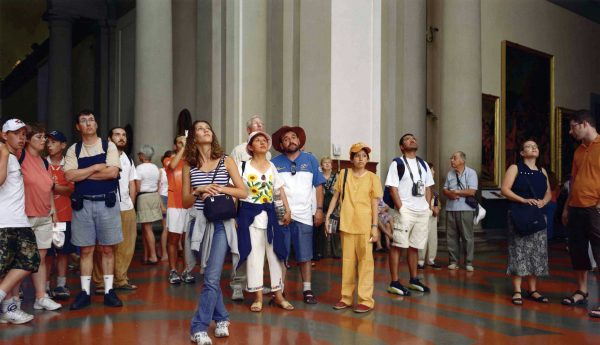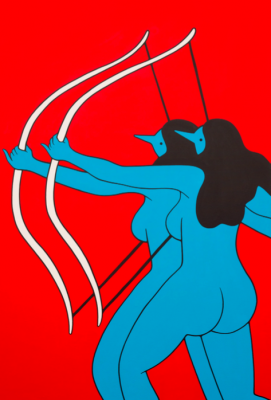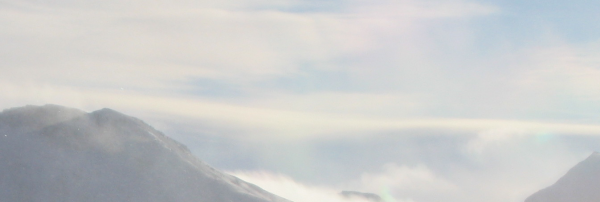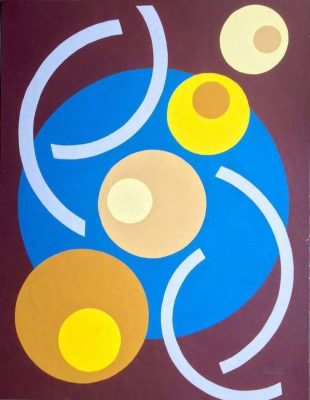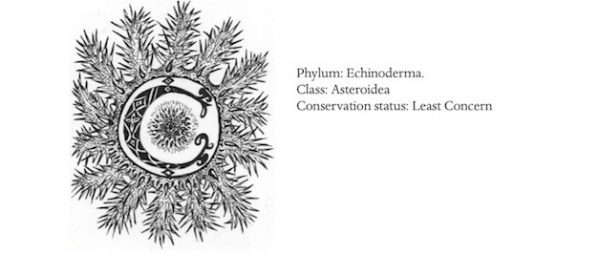HAL FOSTER’S WORK FOLLOWS in the tradition of the modernist art critic-historian, a public intellectual whose reflection on, and synthesis of, contemporary culture is informed by a deep commitment to history and its writing. His influence is considerable, reaching well beyond the disciplinary boundaries of modern and contemporary art into architecture, literature, and critical theory – all arenas in which Foster is an authority. His formidable powers of analysis and explication are deployed, more often than not, in the service of disruption and destabilisation, and his work is as polarising as it is revelatory. Foster was one of the key critics in the 1980s debate over postmodern art, for example, a debate that turned on redeployments of historical art practice, principally appropriation, and made fierce by art’s role in the culture wars and the inflating art market.
Intellectually formed in the heady theory days of late 70s New York, Foster has spent his career exploring the power, promise, and limits of critique. His art historical writing covers the bifurcated twentieth century, focusing acutely on pre-war avant-garde practice and its recuperation in the decades after World War II. Psychoanalysis looms large in his writing. Nevertheless, there is no dogma in Foster’s approach. While his sympathies are decidedly Marxist, and key passages from Freud, Bataille, and Lacan are recurring touchstones, critical theory is always for him both methodology and object of history. As he says in The Return of the Real (1996), ‘when it comes to critical theory, I have the interest of a second-generation initiate, not the zeal of a first generation convert. With this slight distance I attempt to treat critical theory not only as a conceptual tool but as a symbolic, even symptomatic form.’
In addition to his art historical writing (Compulsive Beauty (1993), Design and Crime (2002), Prosthetic Gods (2004), The Art-Architecture Complex (2011), Bad New Days (forthcoming, 2015)), Foster is a regular contributor to Artforum, The London Review of Books, and October, where he has been an editor since 1991. Editorial work – some of which we discuss in this interview – has a prominent role in his cultural analysis. A notable example, The Anti-Aesthetic, his first edited volume, mapped the uncharted terrain of postmodern thought, and has since become required reading for students of postmodernism in any discipline. I was one such student, and was fortunate to have Foster as my graduate adviser at Princeton University, where he is the Townsend Martin, Class of 1917, Professor of Art and Archaeology. This interview took place as a tracked-changes document exchanged via email – the same format we employed for my dissertation drafts a few months earlier. Foster and I were both between Princeton and New York when the interview took place, but this seemed the most appropriate method (among other things, it allowed him to continue to correct my punctuation).
